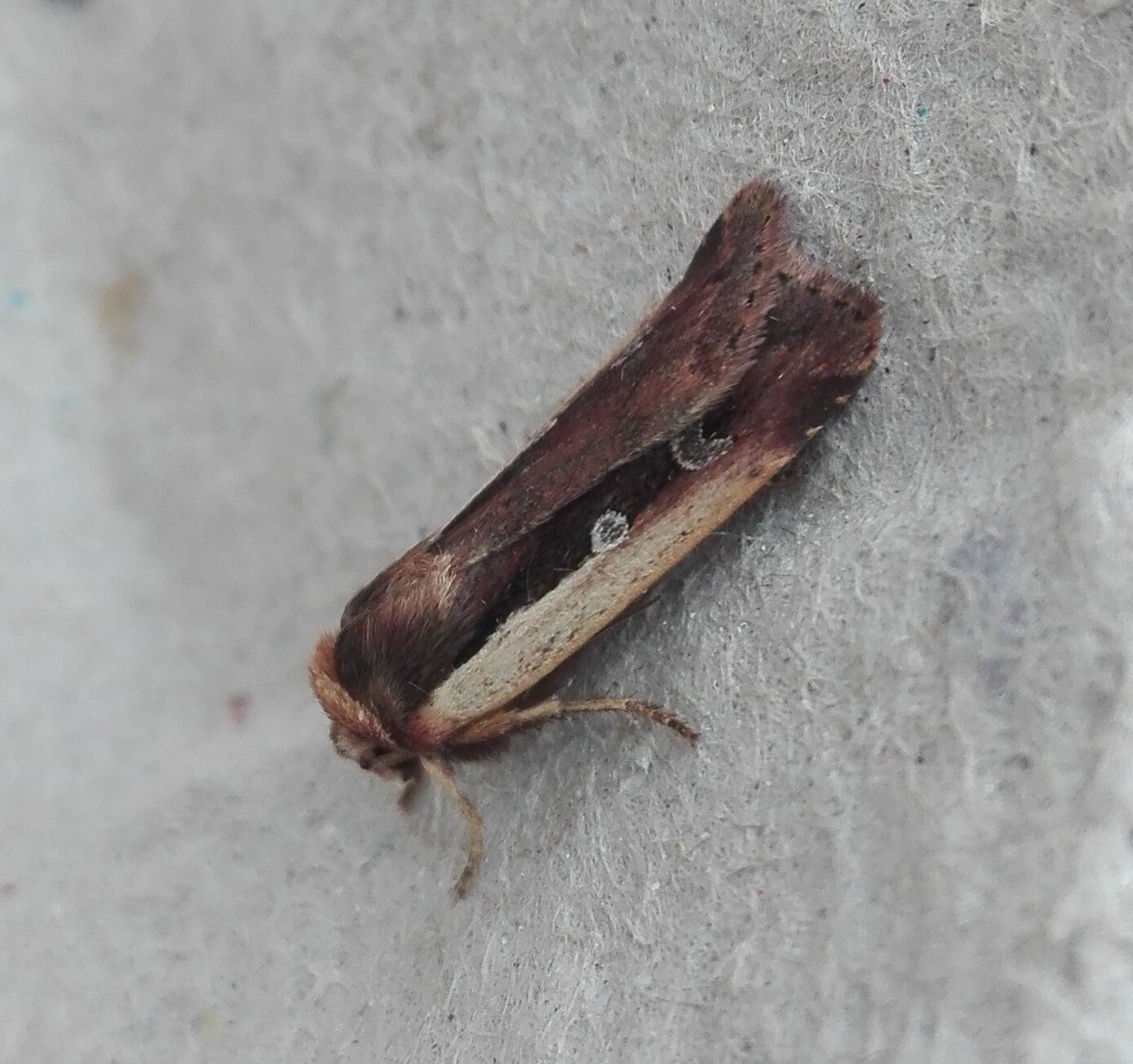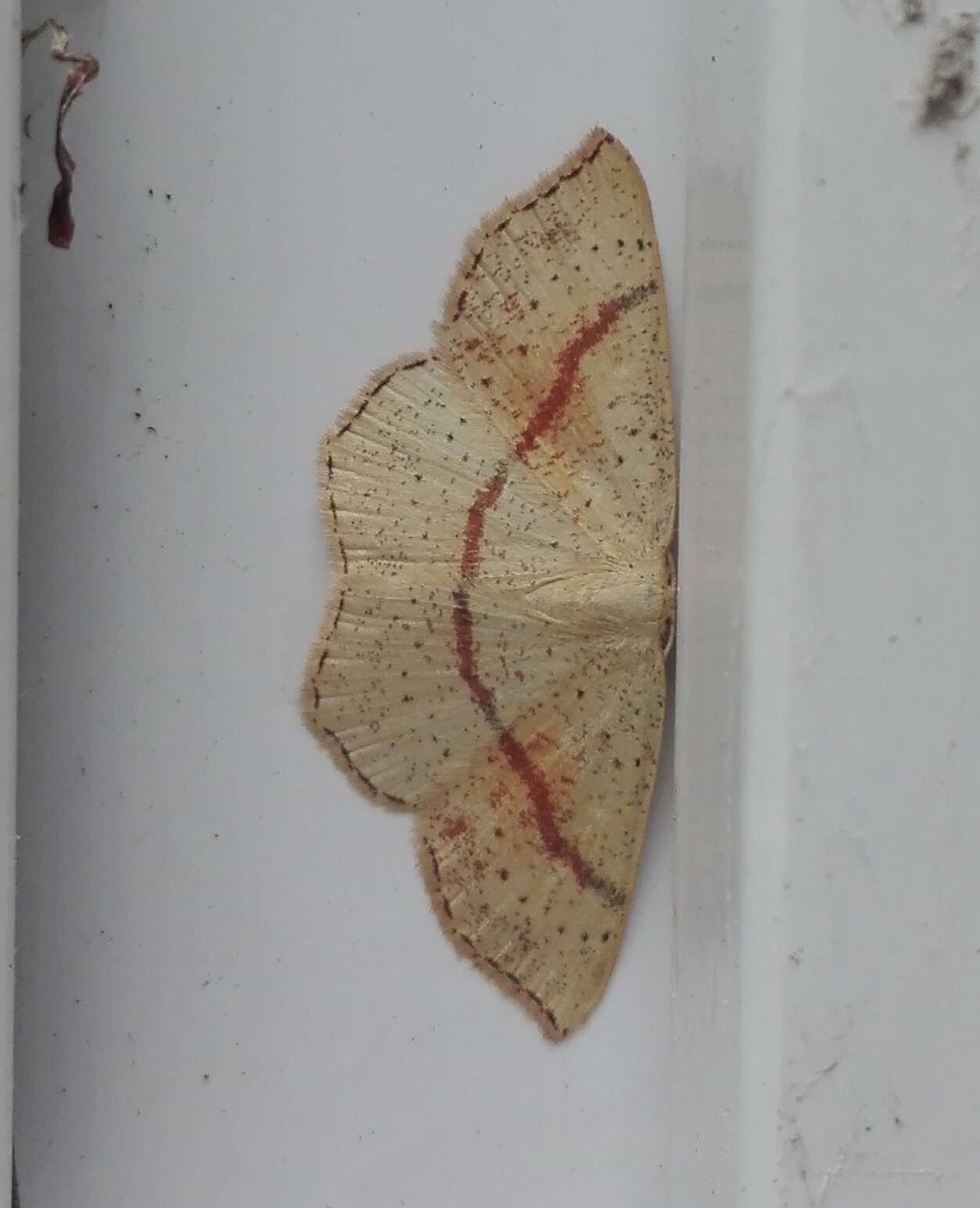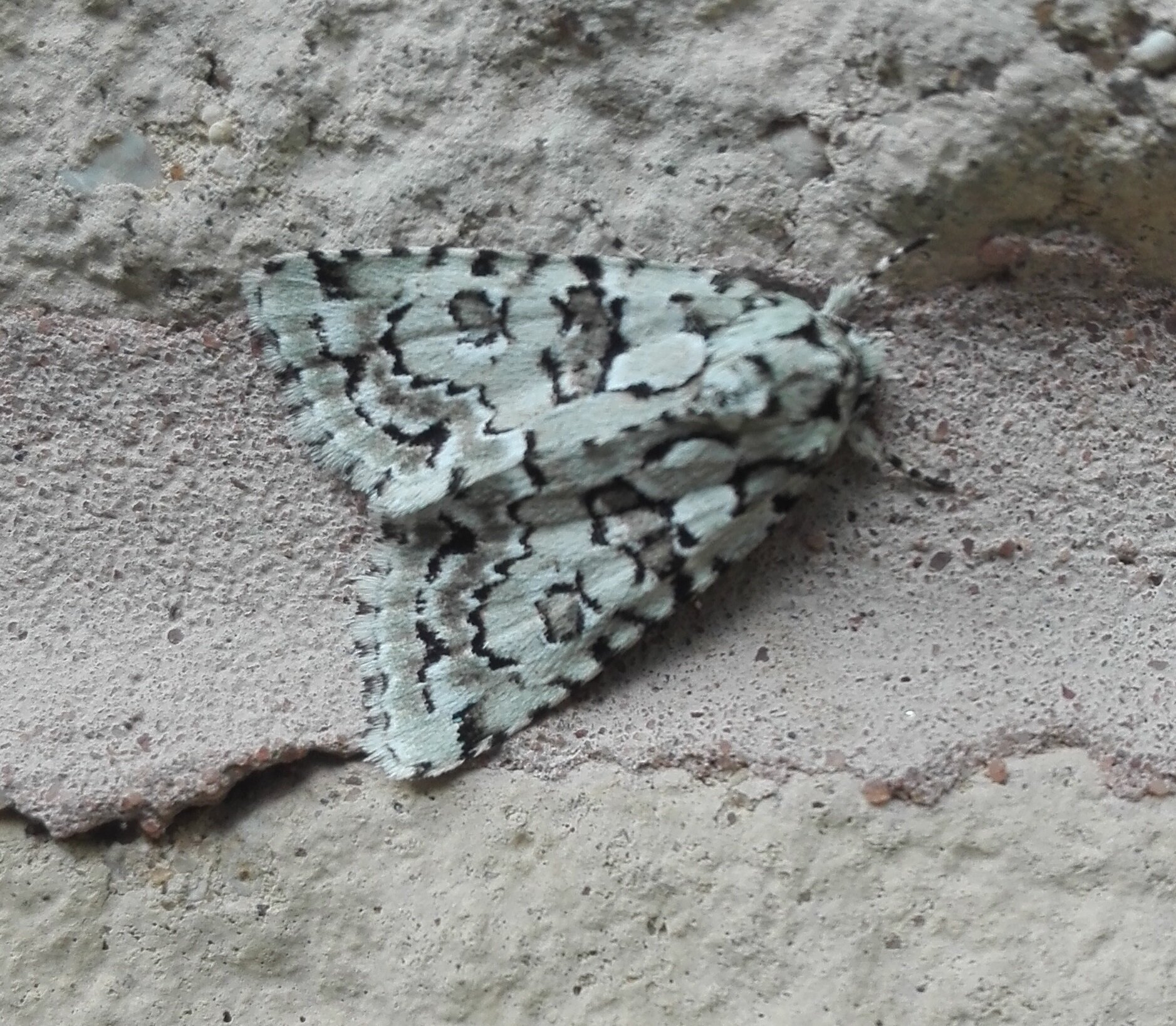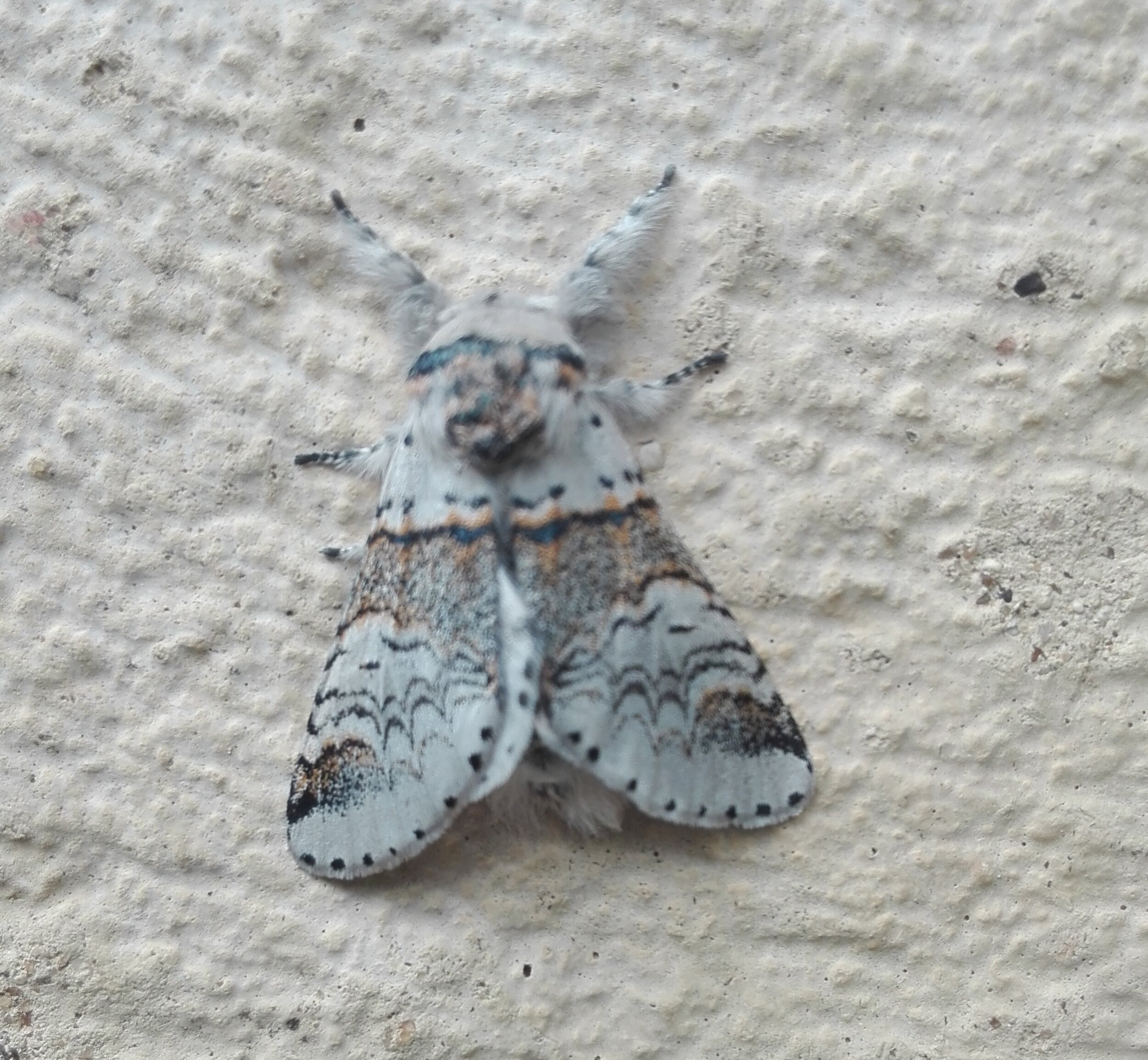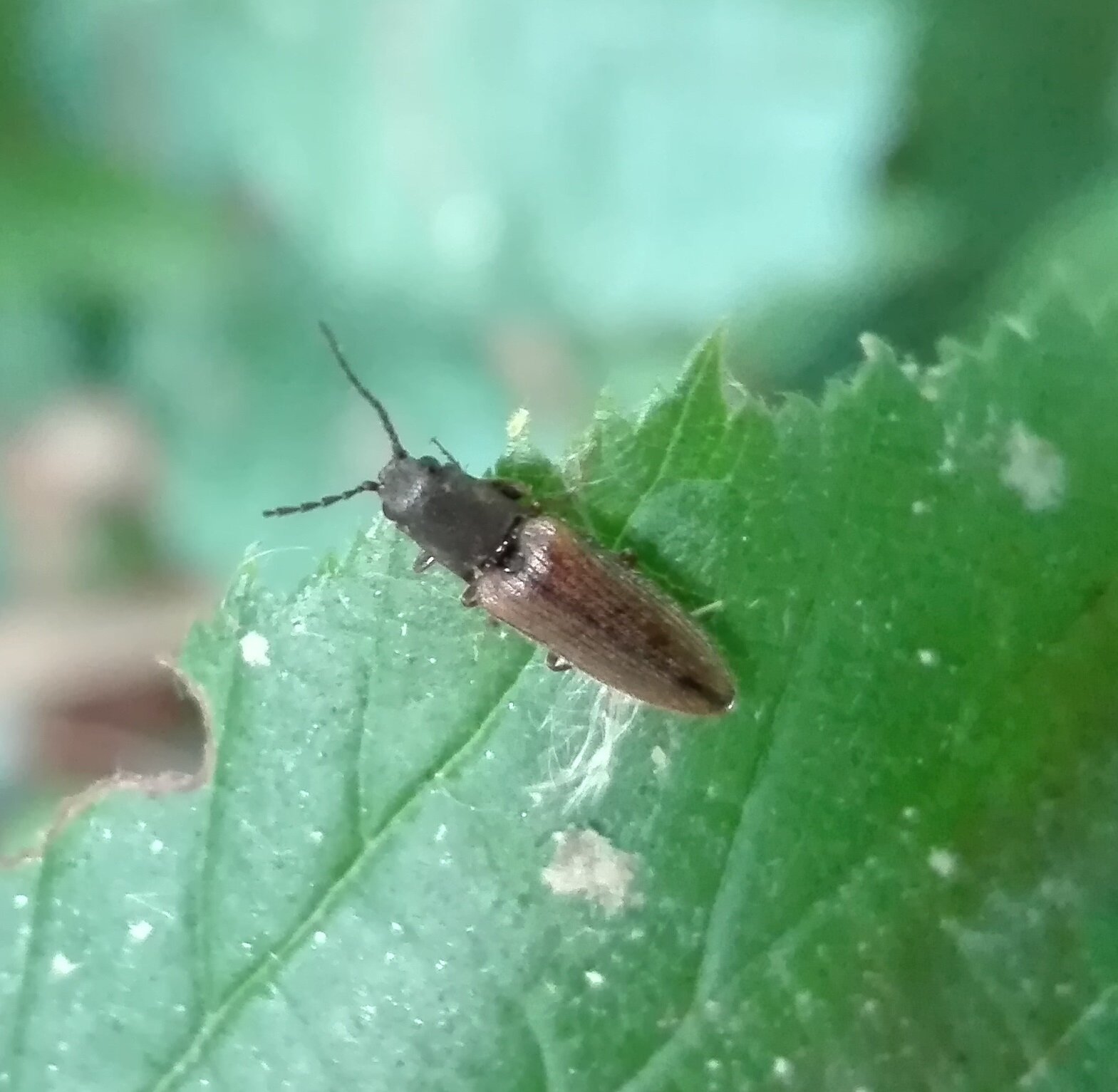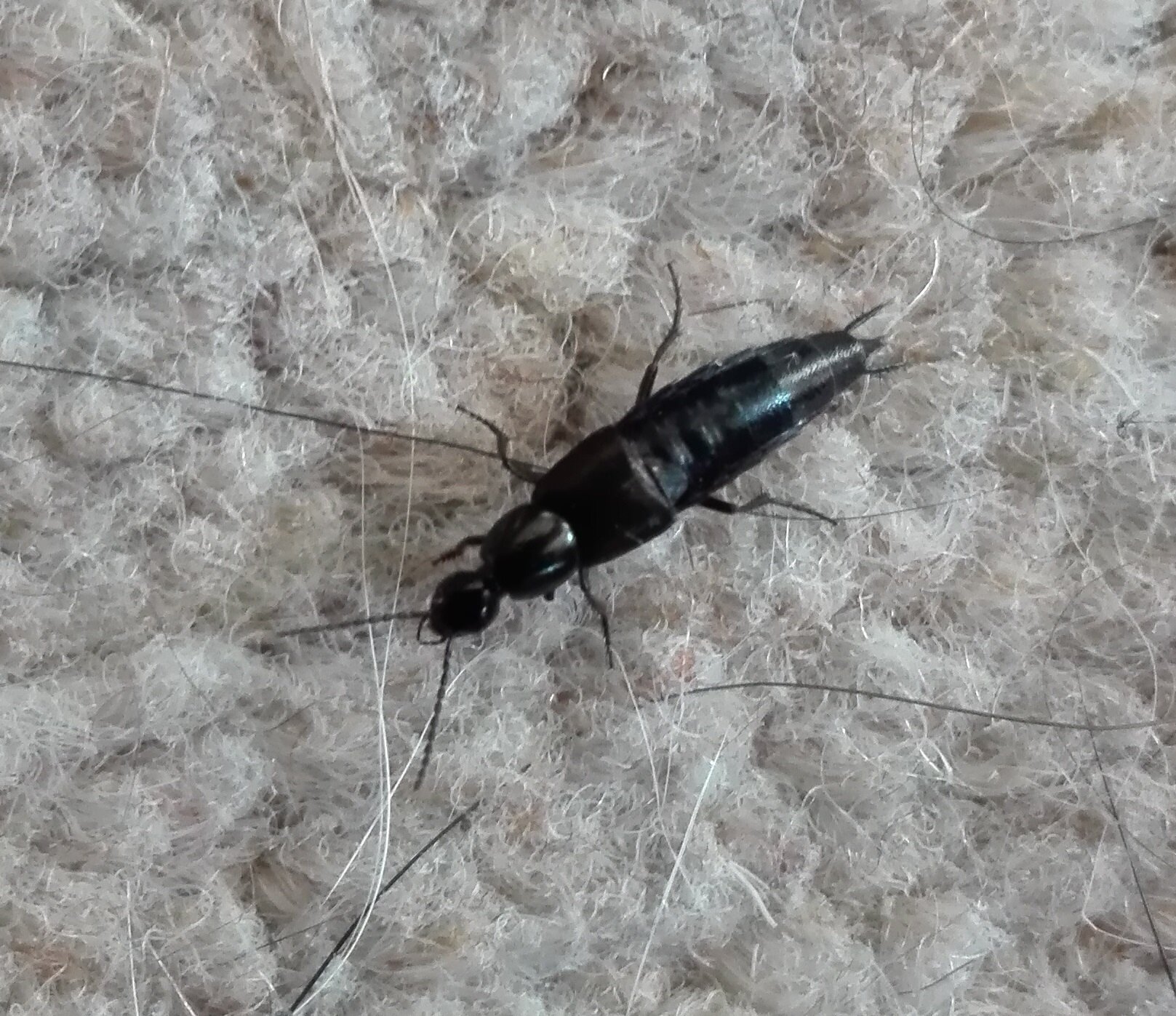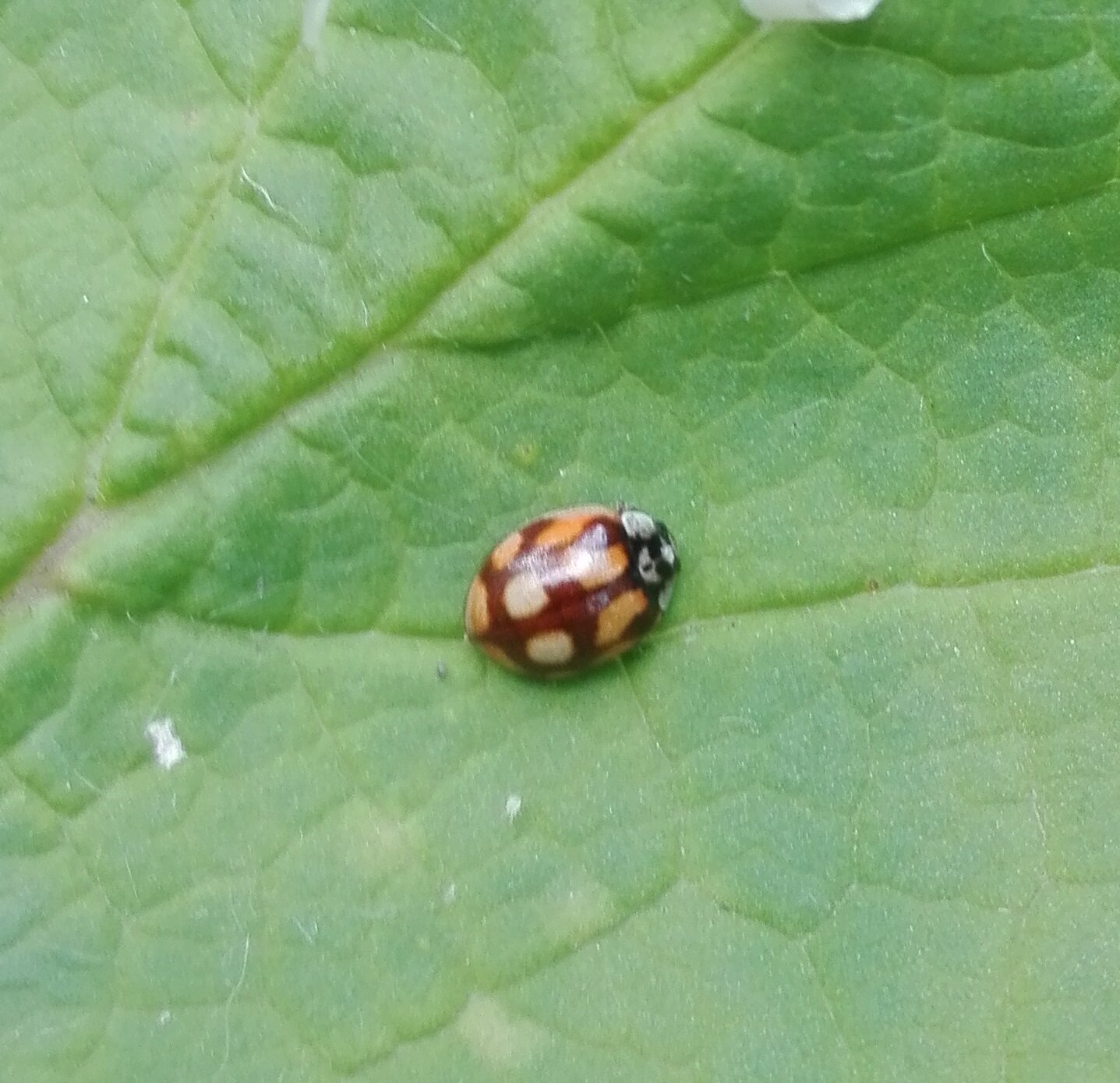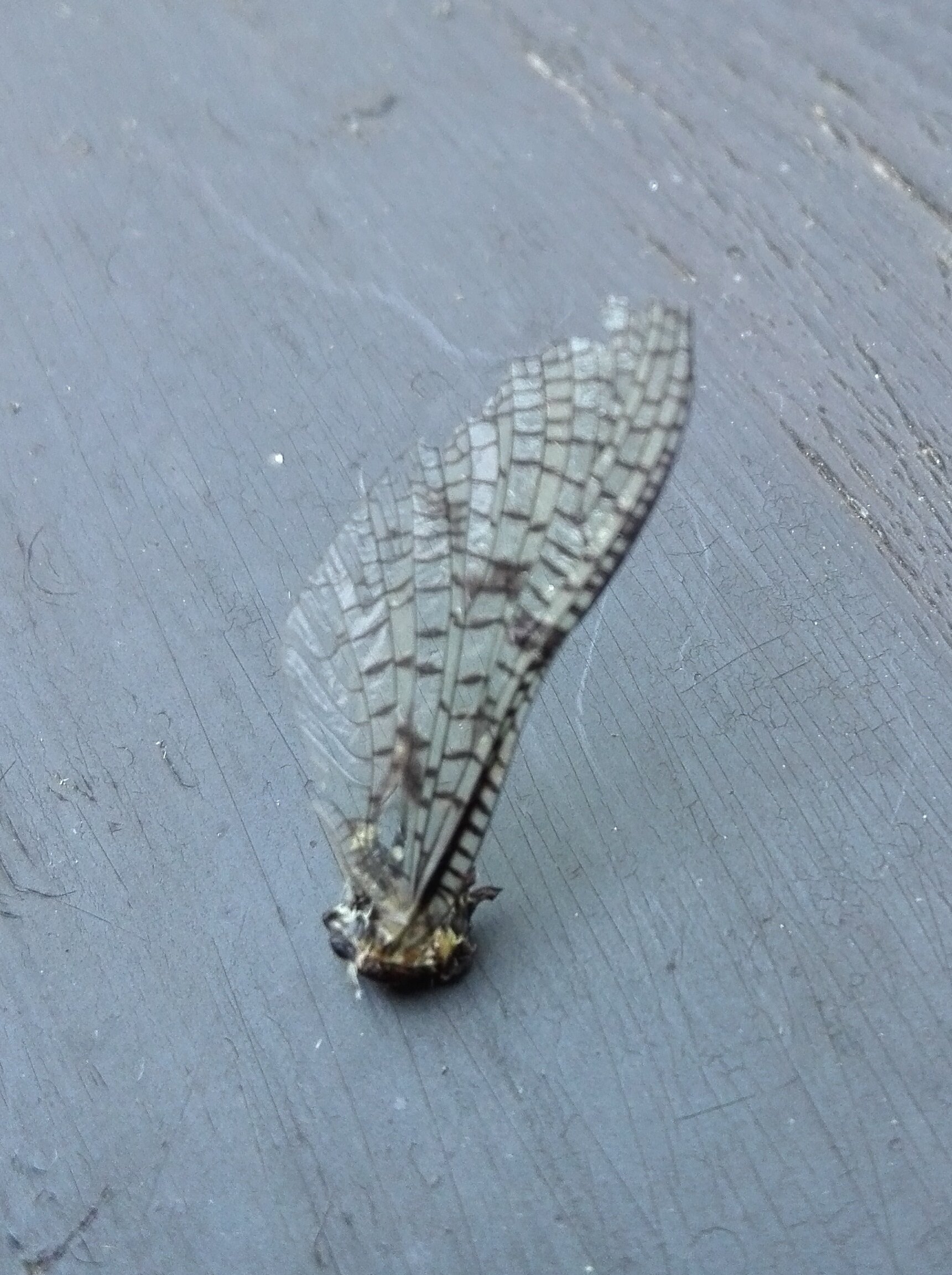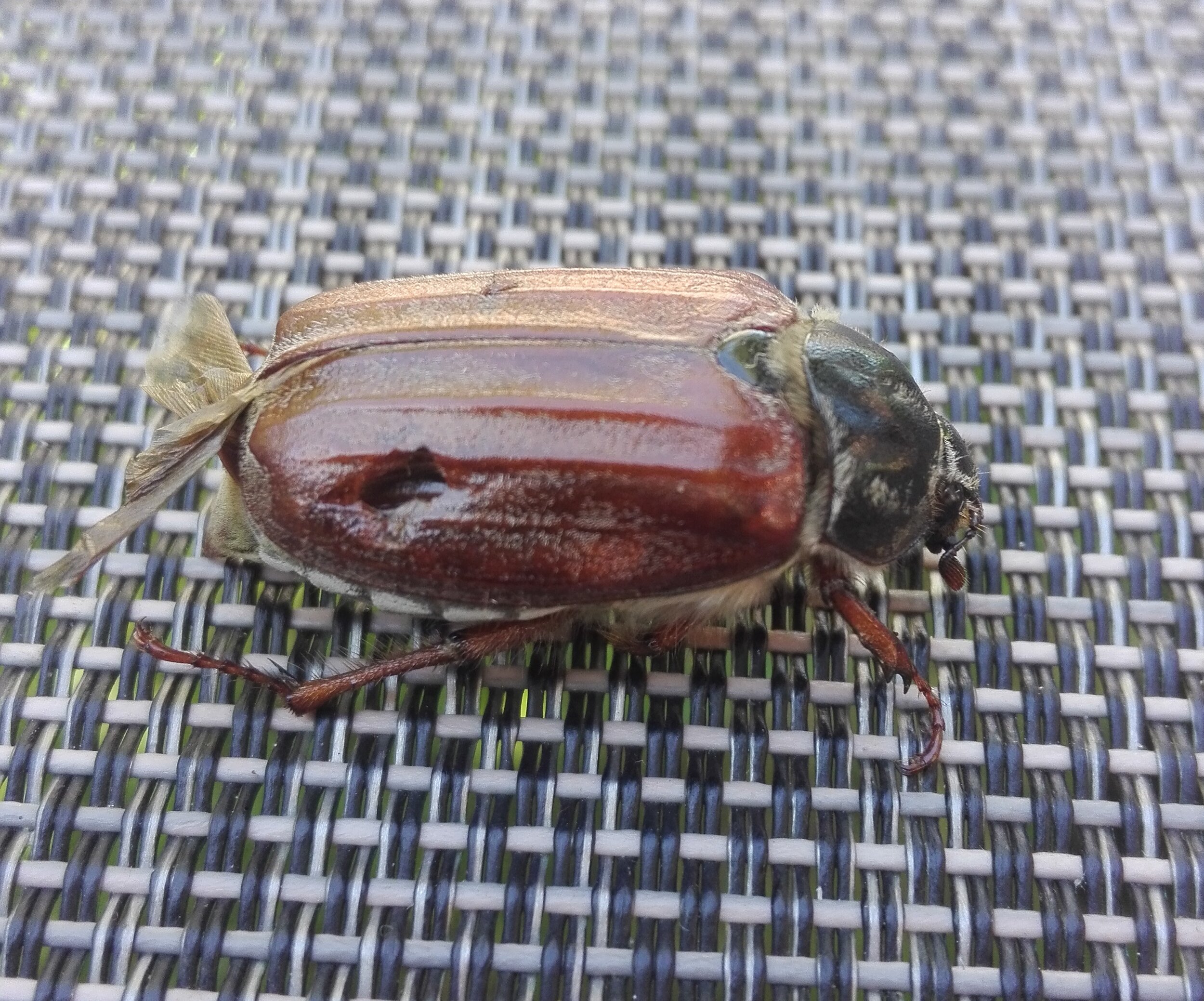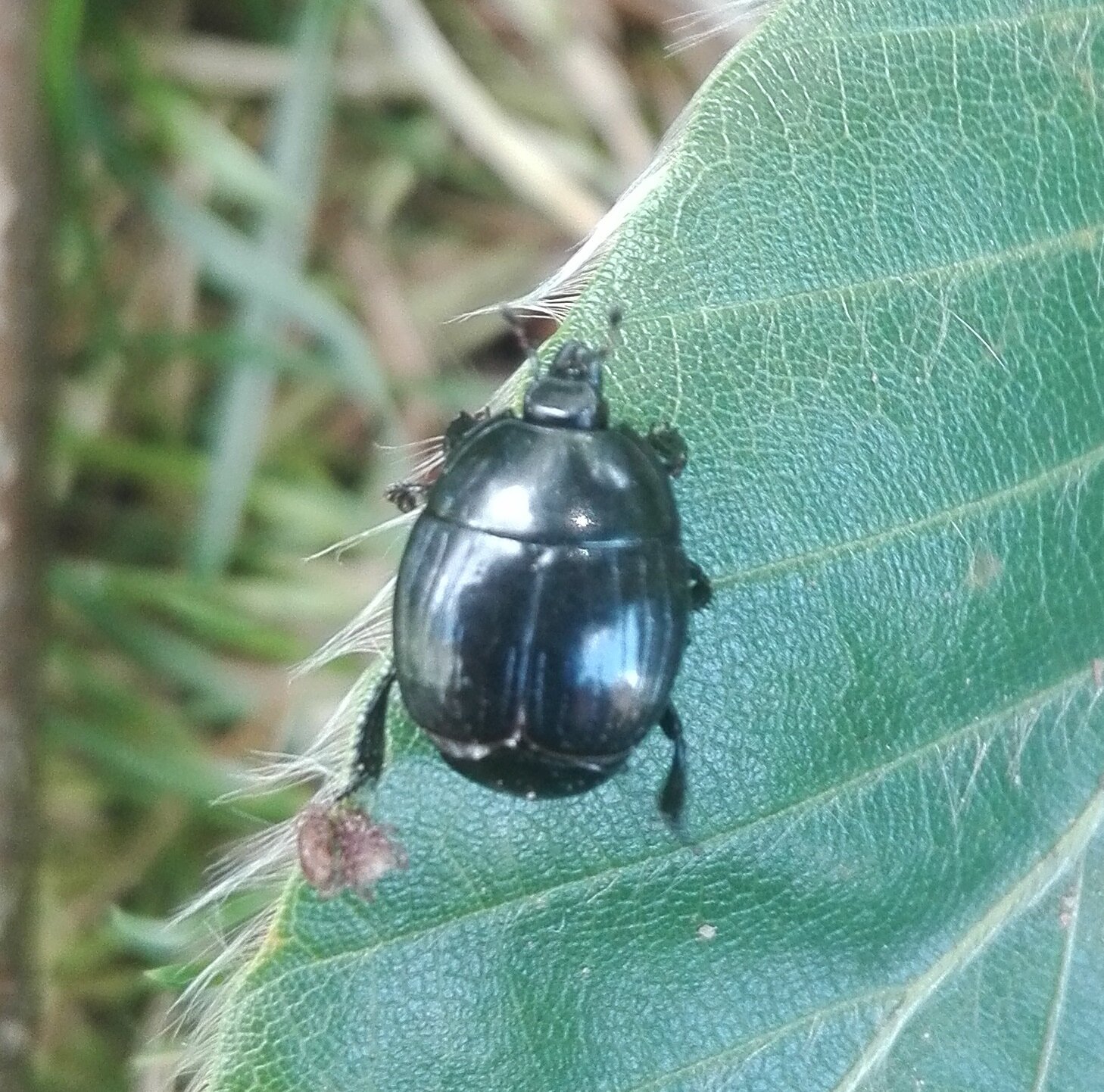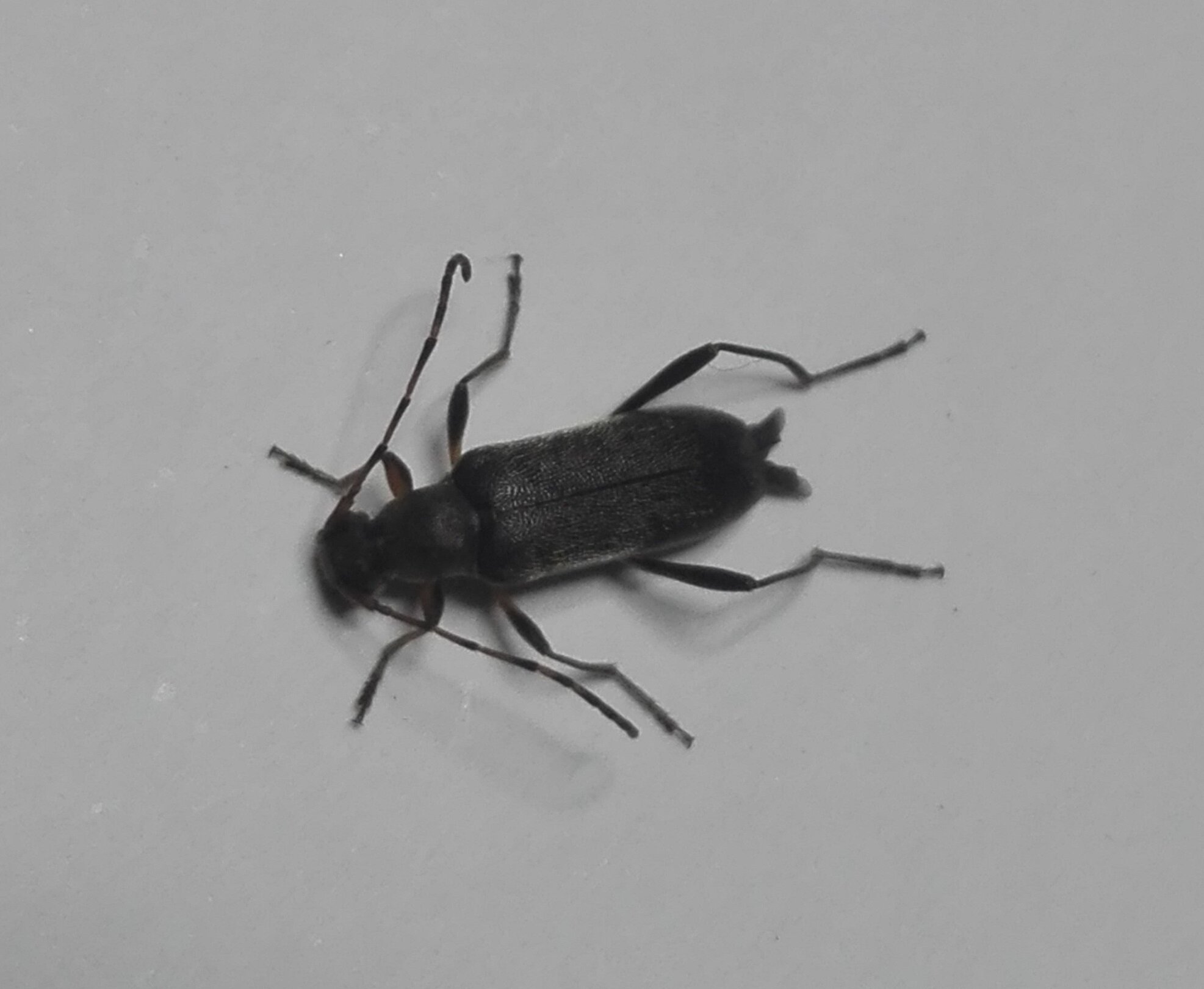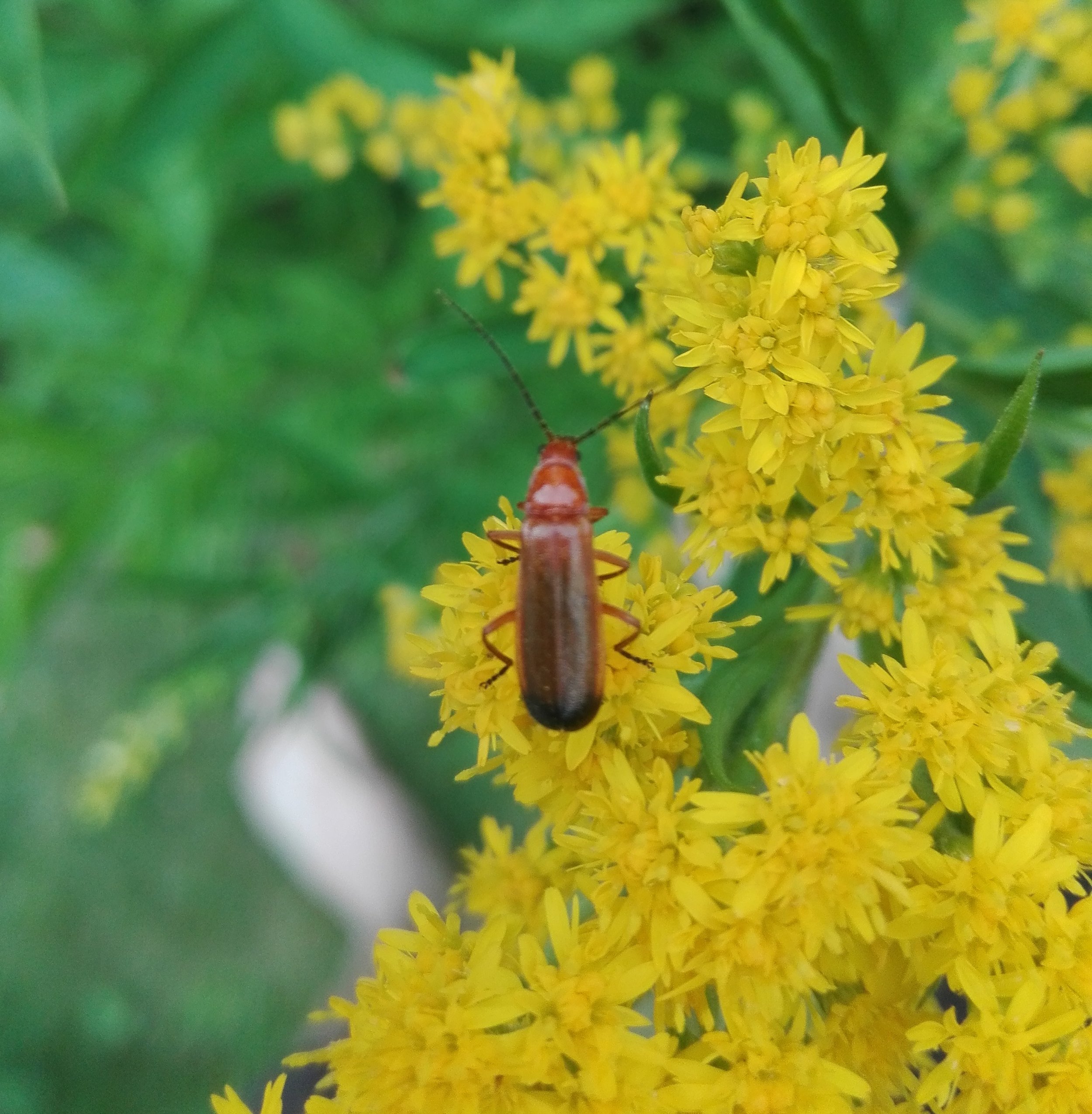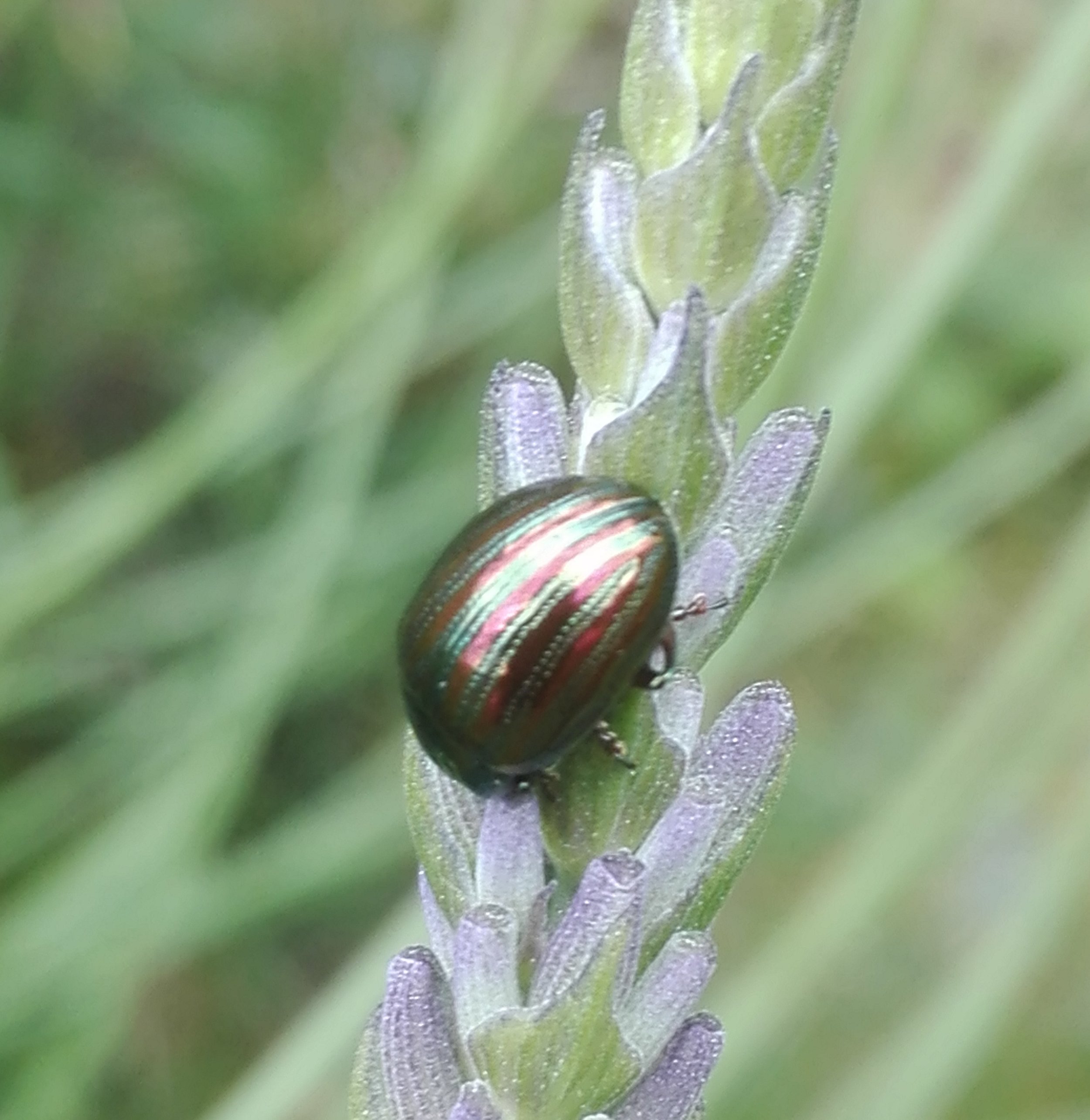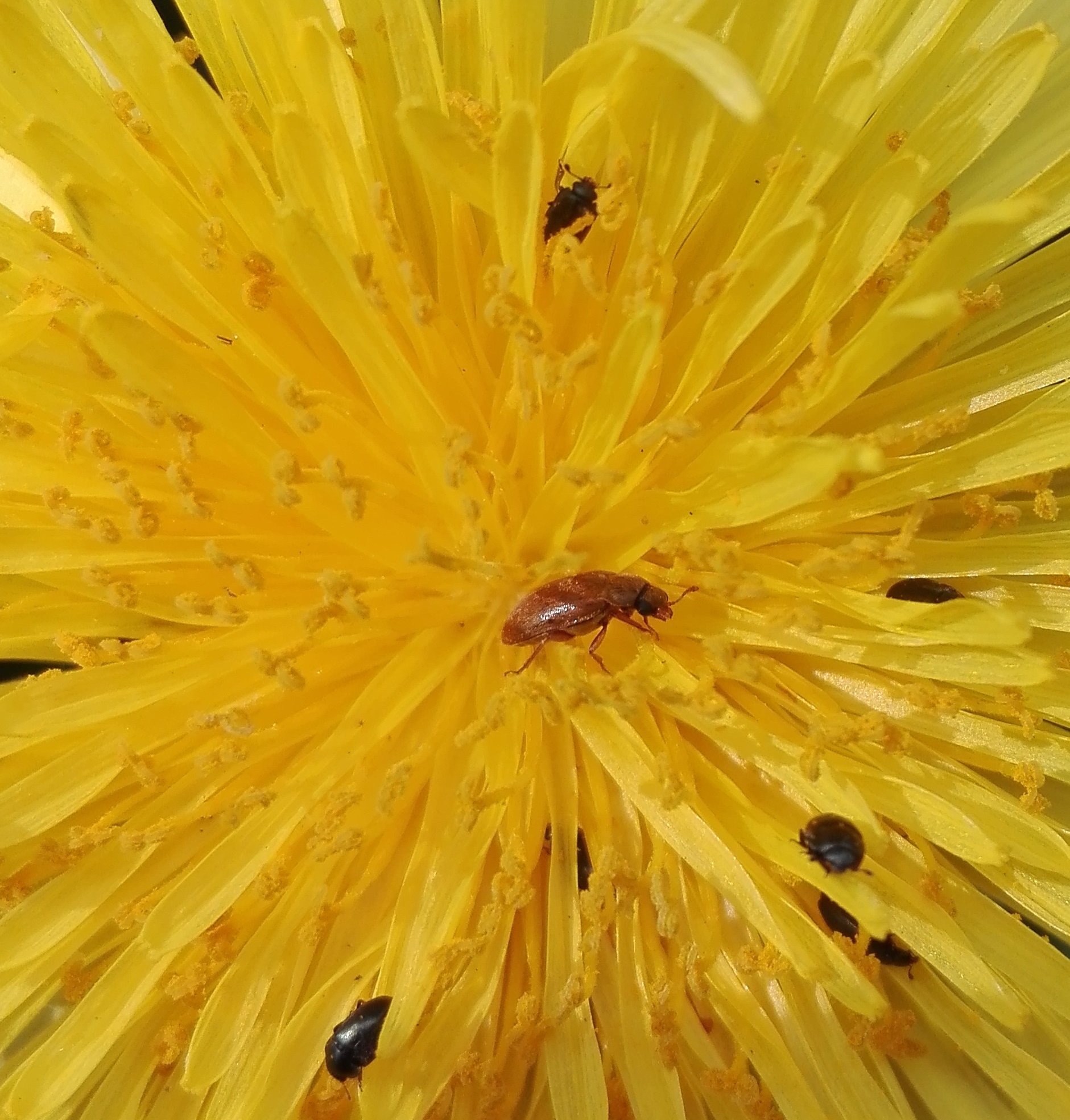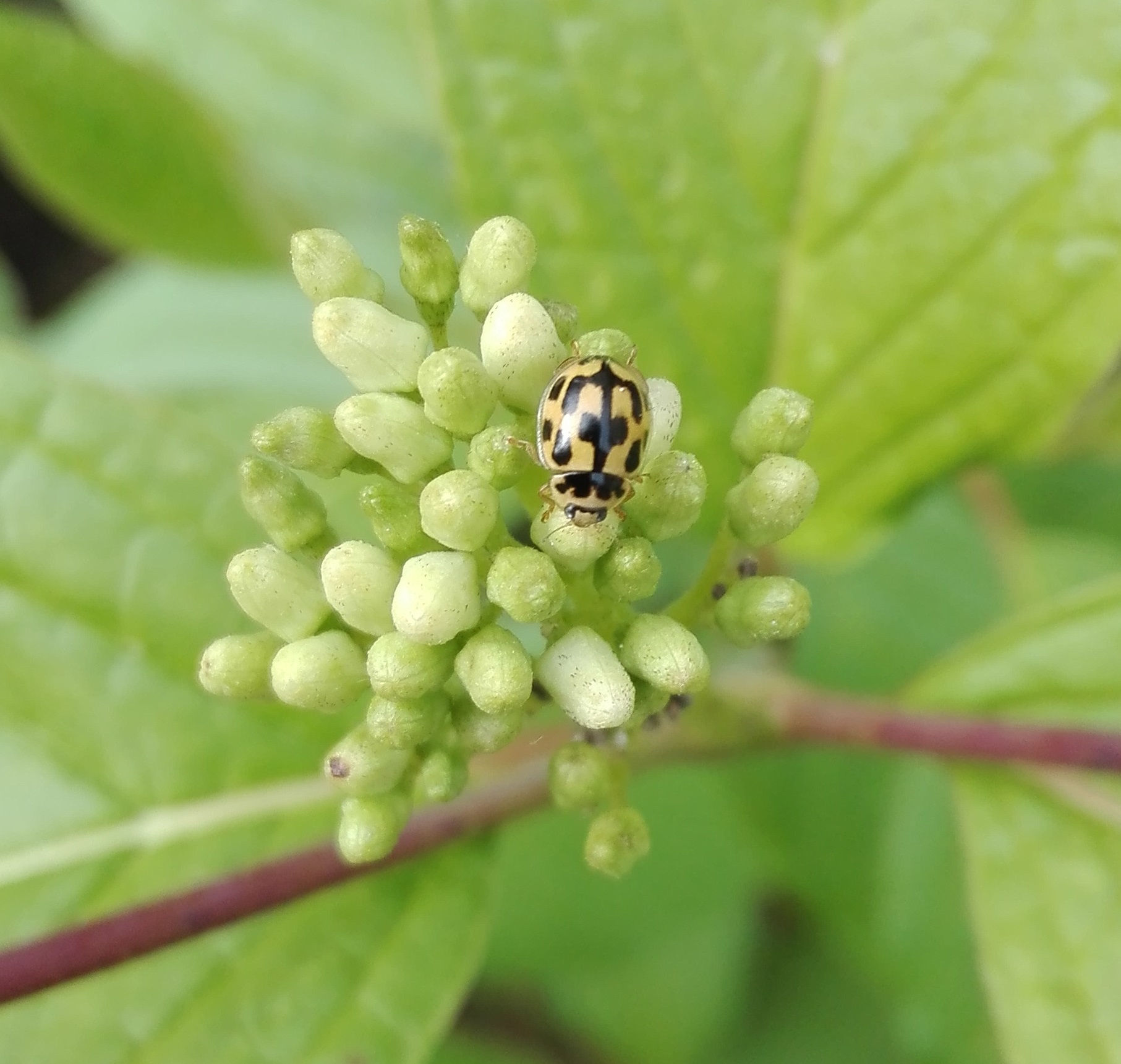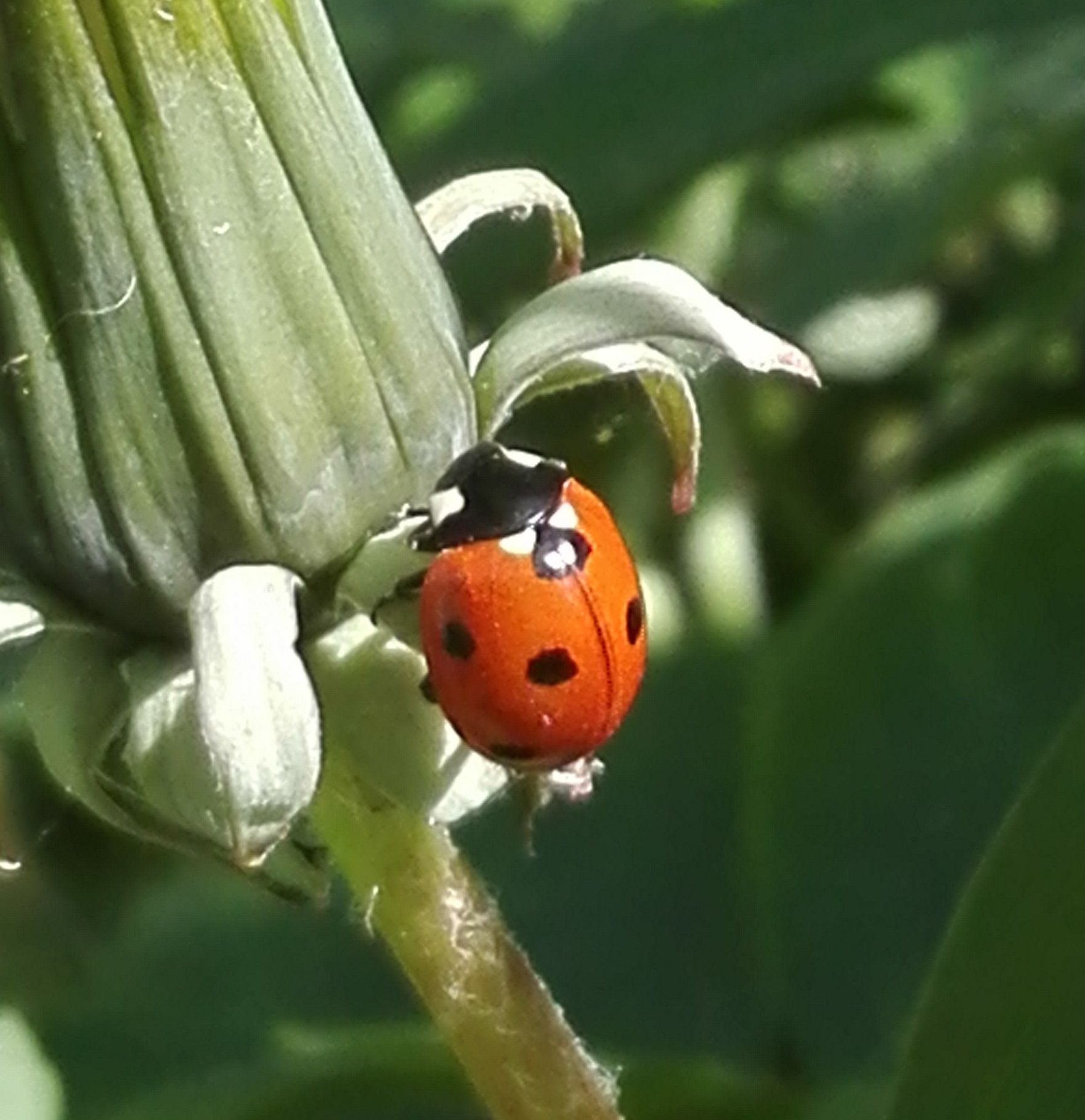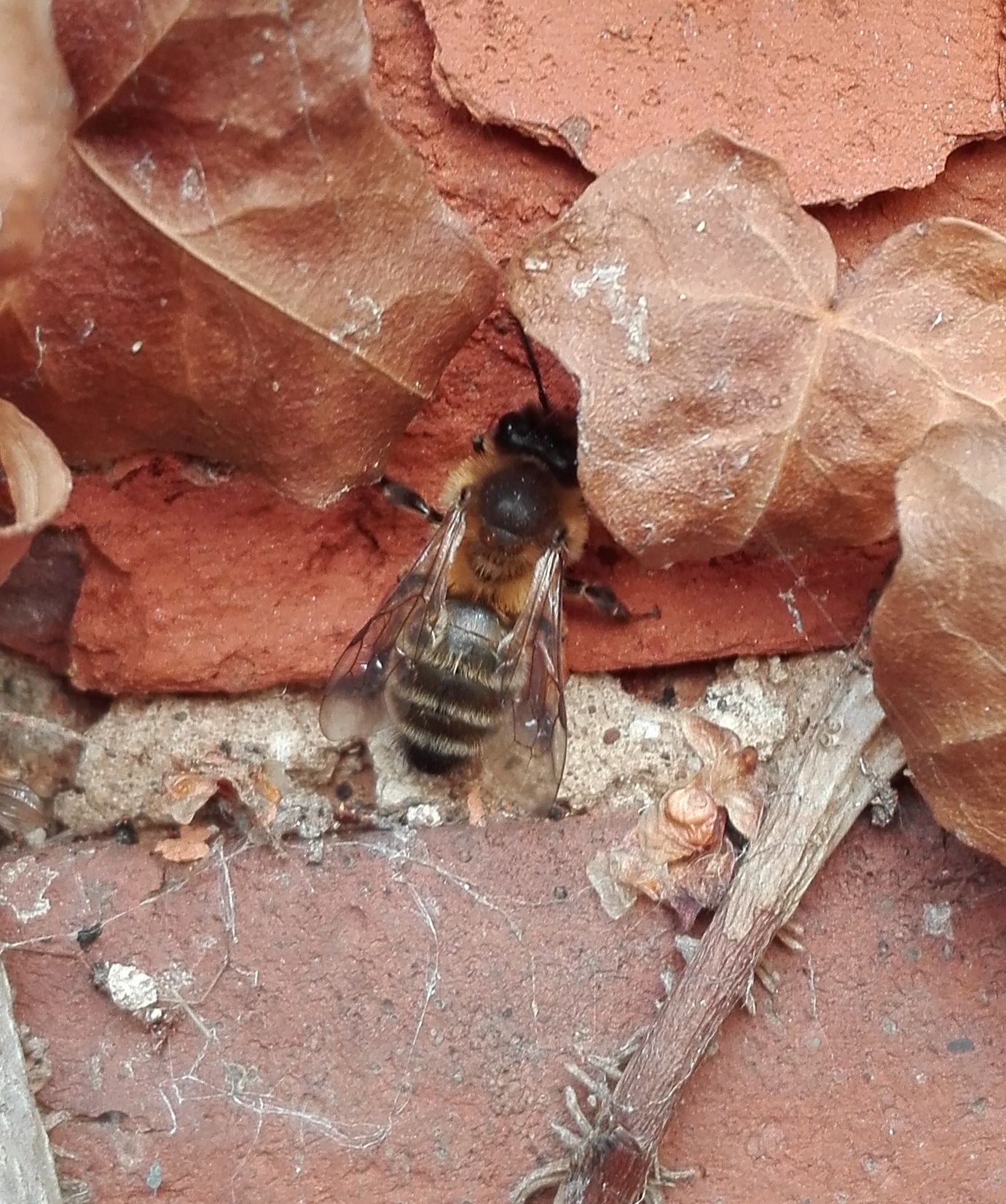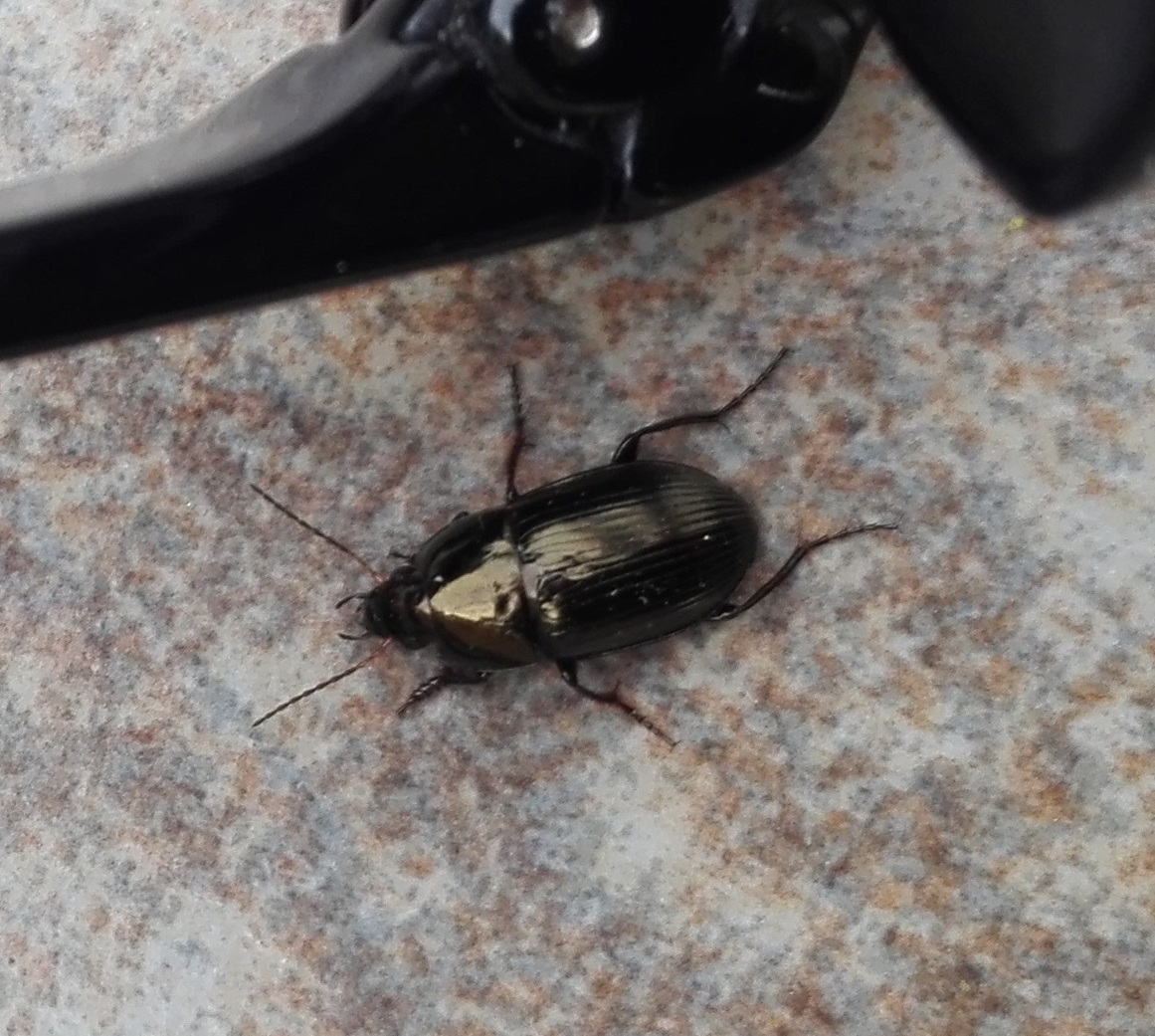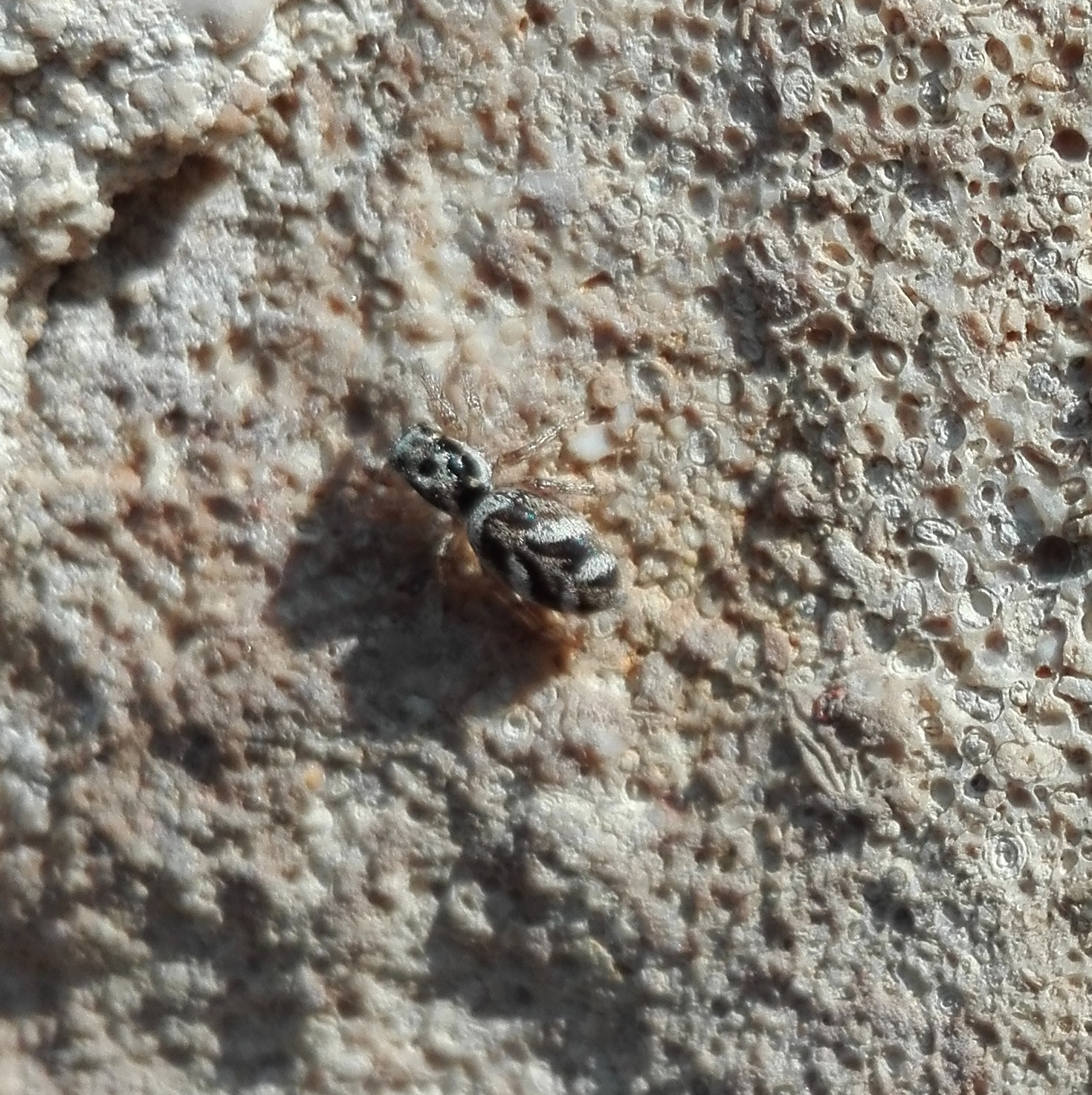The boys fished this Common Cockchafer or Maybug (Melolontha melolontha) out of the paddling pool, where it had crashed overnight. It survived okay though by doing the backstroke, and when released scuttled away to bury itself in the leaves down under the Hazel trees. It’s getting to the end of the season for these big bugs, as they typically emerge in May then live for only six weeks.
The Maybug’s little brother is a Viburnum Beetle (Pyrrhalta viburni), which is a pest of Viburnum shrubs, but did not seem to be doing much damage where I found it on my runner beans. Even smaller, Derocrepis rufipes, is a tiny leaf beetle, which was on the Hollyhock flowers.
Finally, the Red Soldier Beetle (Rhagonycha fulva) that I had been hoping might turn up on the huge Ragwort I left to grow in the lawn arrived, but opted for the Goldenrod. These soldier beetles eat nectar & pollen on flowers, but also other visiting insects. This one was on its own, but otherwise they seem to spend most of their time mating (hence their nickname of “bonking beetles").




